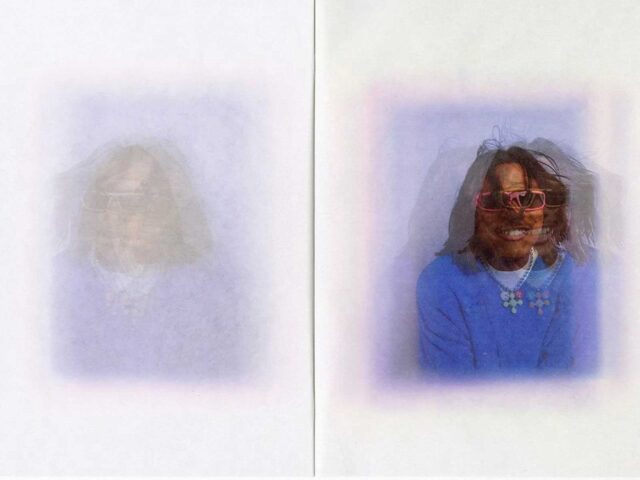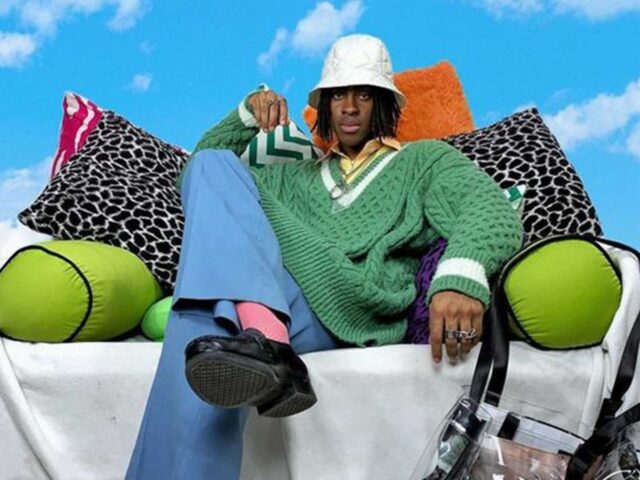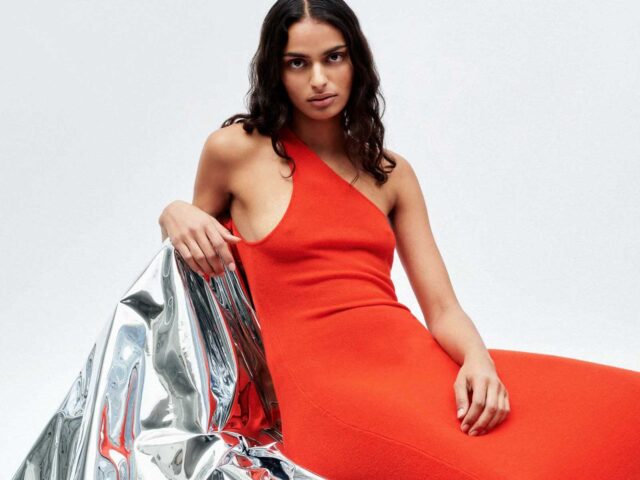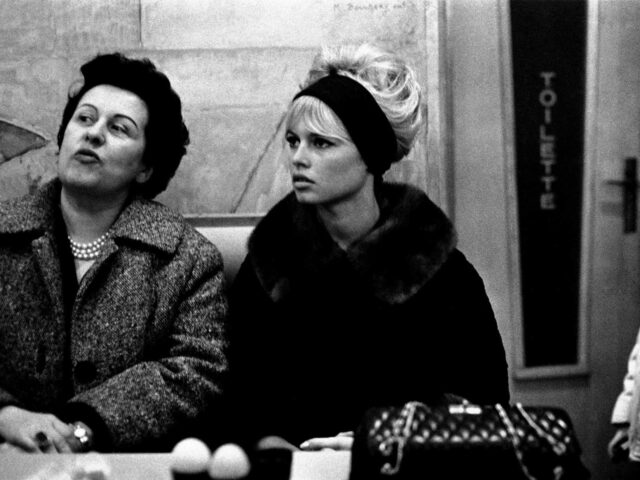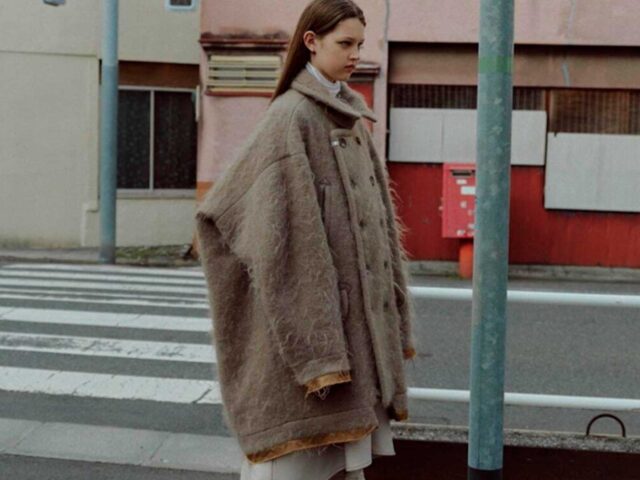Martina Matencio, known by the nickname lalovenenoso, began experimenting with photography at the age of sixteen. An age in full exploration of her identity that laid the foundations for transforming this artistic aspect into a way of life and liberation.
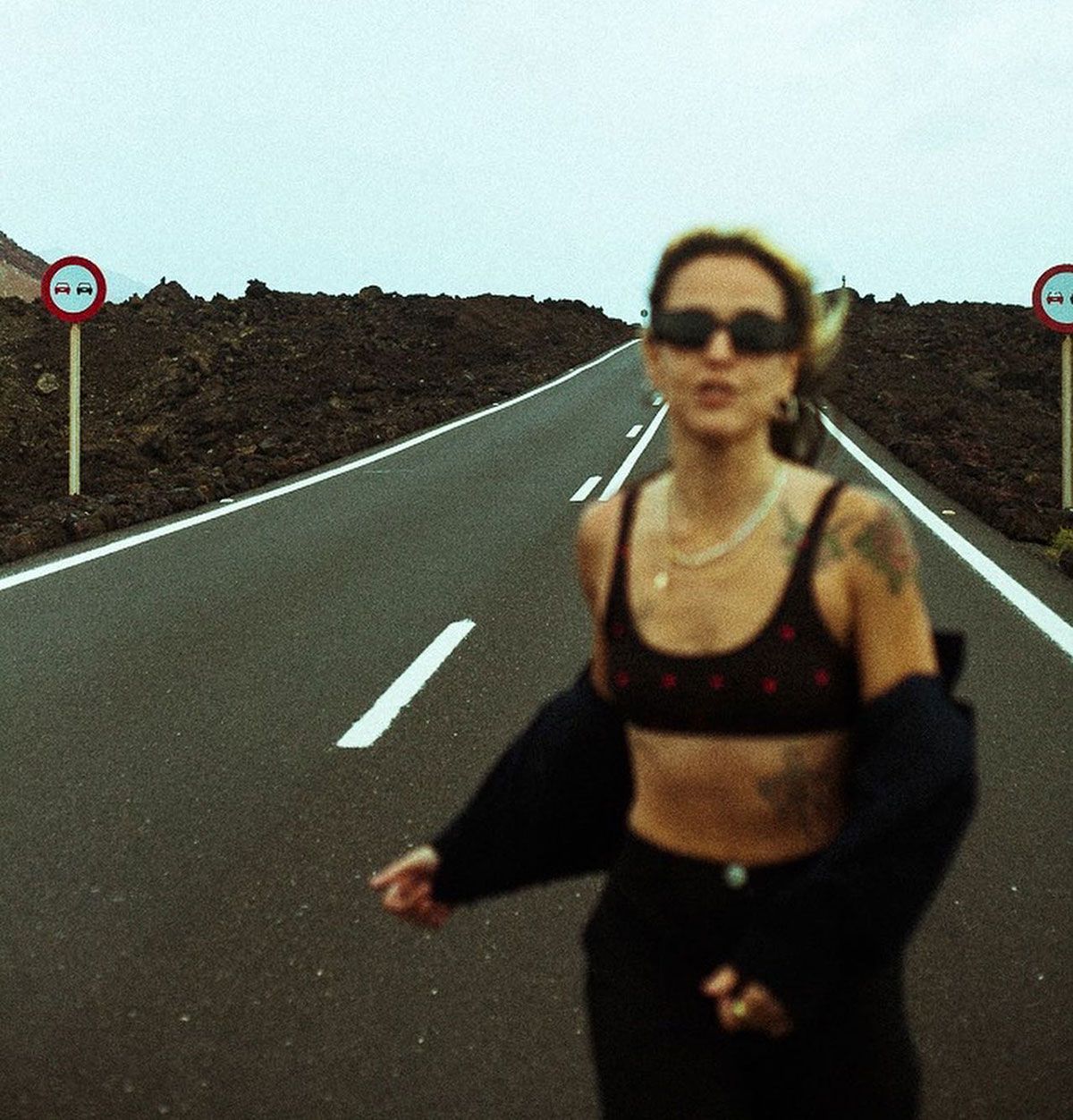
The artist from Barcelona studied photography and specialized in the use of natural light and the representation of the female body, two concepts that filter and run through —directly or indirectly— each of her snapshots.
Infinite scrolling through her Instagram means evasion. Diving through dreamlike images that project nature, love, sensuality, or eroticism from an emotional catharsis as a starting point. Martina captures, in this sense, a powerful aesthetic in which lights, textures, colors and feelings that transmit the beauty of decadence converge.
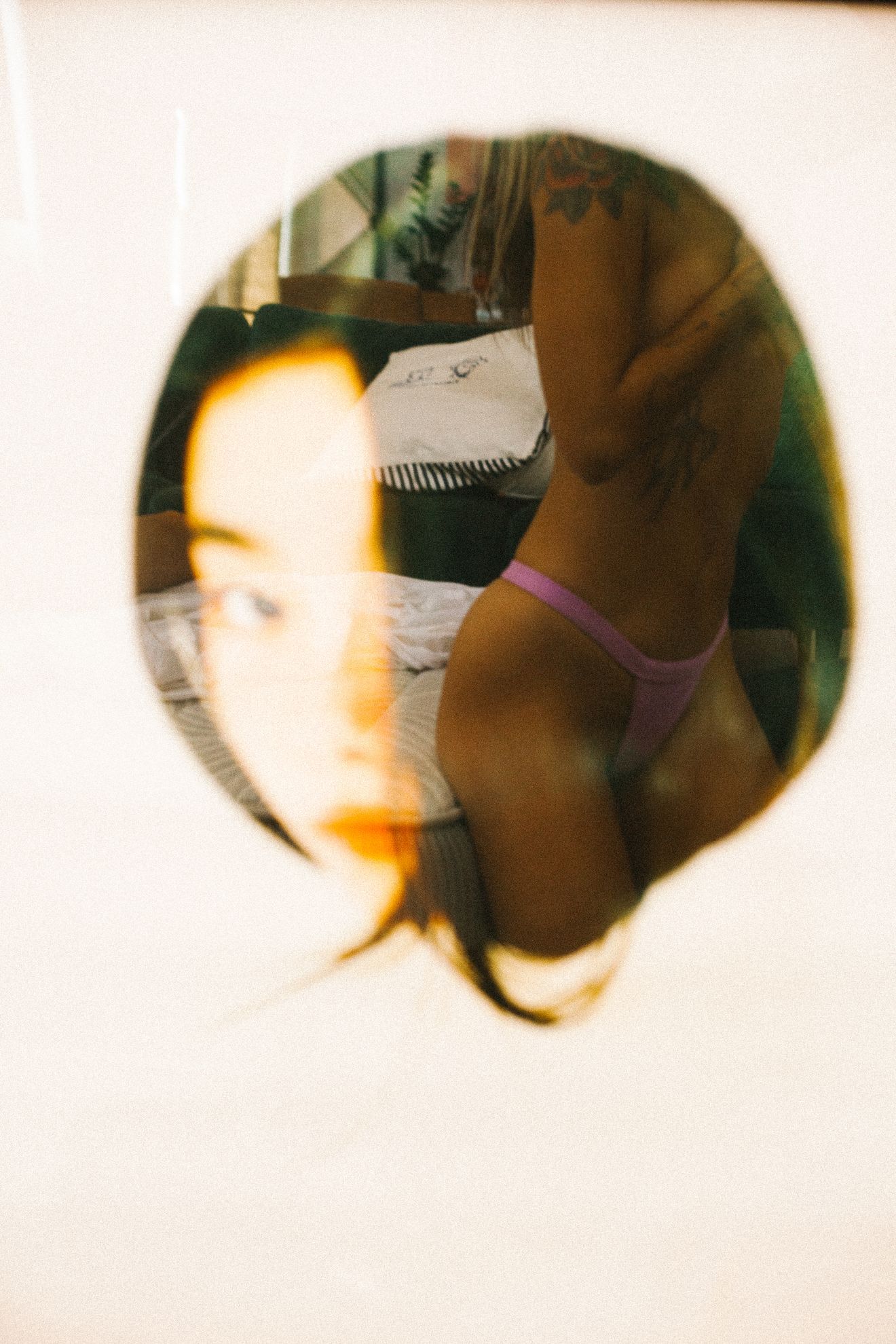
Lalovenenoso thus reflects this union between love and poison and/or pain -which is his nickname- in nude photographs on which the ambient light effects and transforms. Also in texts, pieces of poetry or introspective books in which he once again undresses, but through words.
In his work, the body is represented as a canvas. Something he transfers to fashion, a universe in which he immerses himself in-depth, both through personal projects such as Luna de Marte, and external projects for brands such as Netflix, Armani, Lula Japan or Vogue.
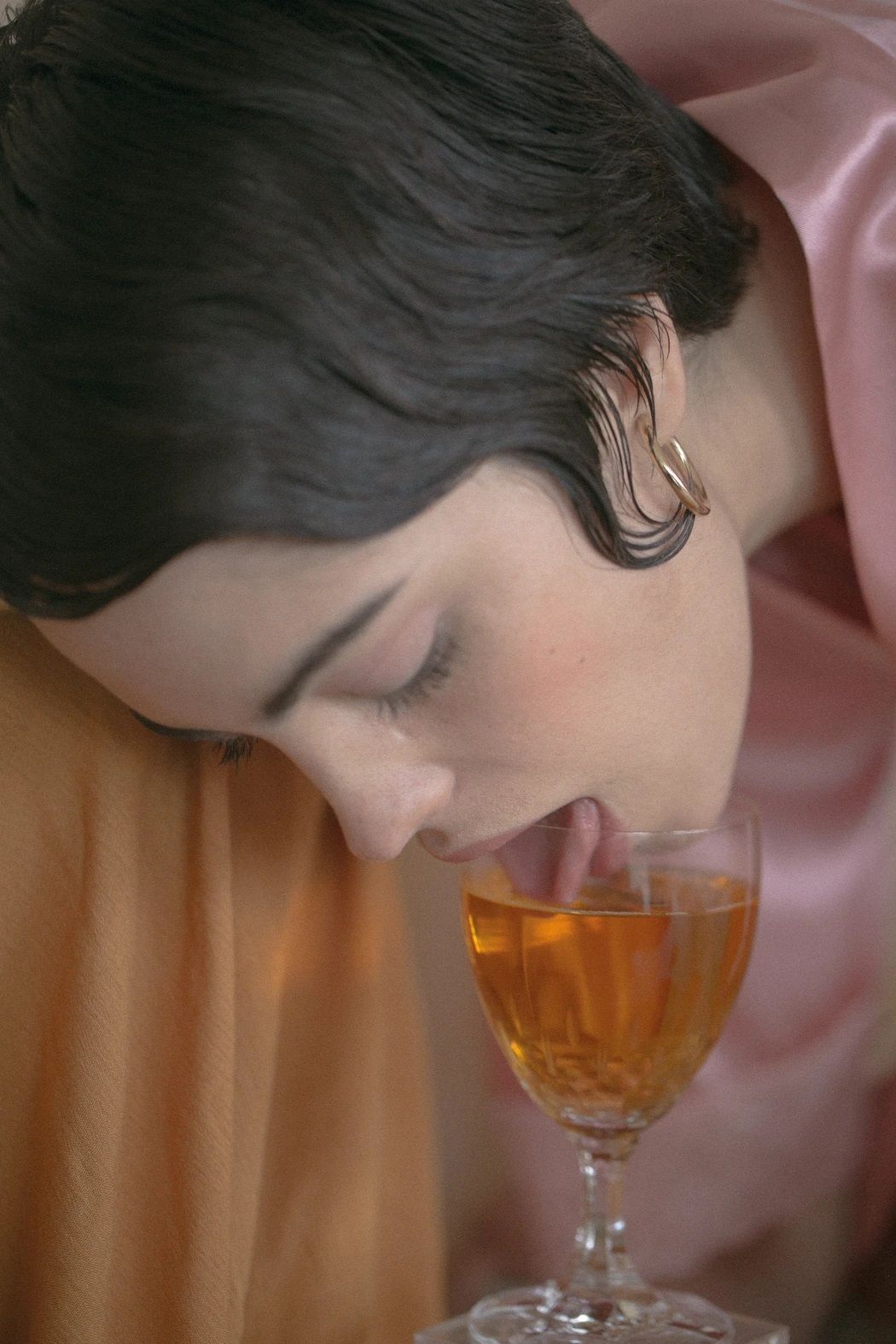
We talked to Martina Matencio, @lalovenenoso, about her genesis in photography, her evolution, vision and immersion in the art world.
Highxtar (H) – What was it that had a profound effect on you that made you want to take up photography?
Martina (M) – Since I was very young I was very curious about photography, not so much for the cameras themselves, but for the simple fact of capturing that instant that only my eyes could see, but what really caused a profound effect was when I was 22 years old, I was offered to take care of a 19-year-old mentally ill boy (my sister Irene worked in a home for mentally ill children), hence the link. From visiting them from time to time I ended up helping.
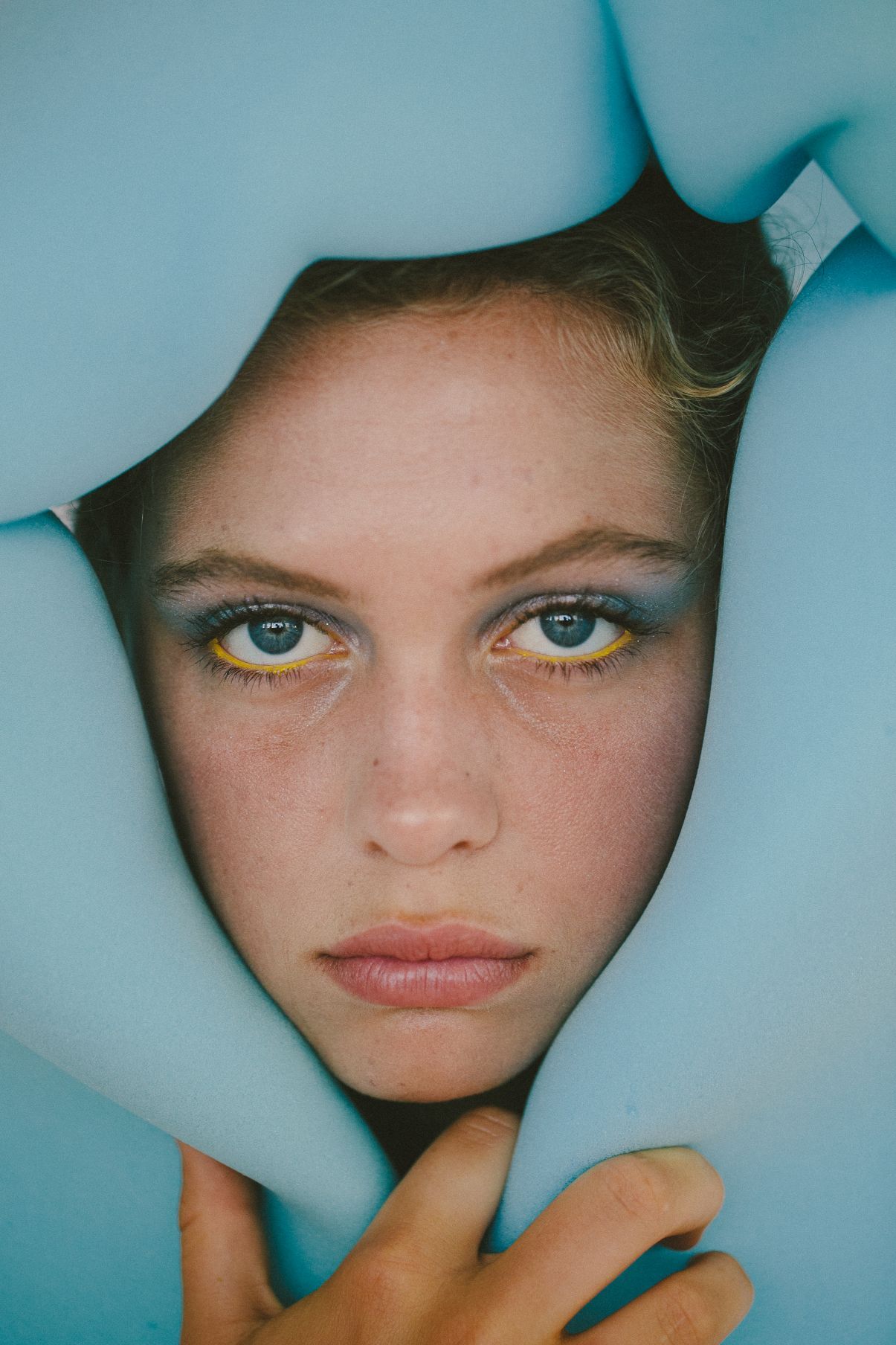
I spent weeks going to the hospital to look after him, mostly in the evenings until the sun came up. That’s when I started taking pictures of bodies, elbows, legs while the sun was shining in the room. It was one of the hardest but at the same time most gratifying moments, I felt that somehow I was bringing some light to Manuel, there wasn’t a day that went by that I didn’t wonder where the camera was. From that moment on I felt that photography was my way of life, my way of explaining to the world that this was me, my photos are nothing more than a reflection of who I am, each photo creates my map to keep walking and luckily I am still tracing the path. Manuel died but I know that I gave him light in moments of darkness.
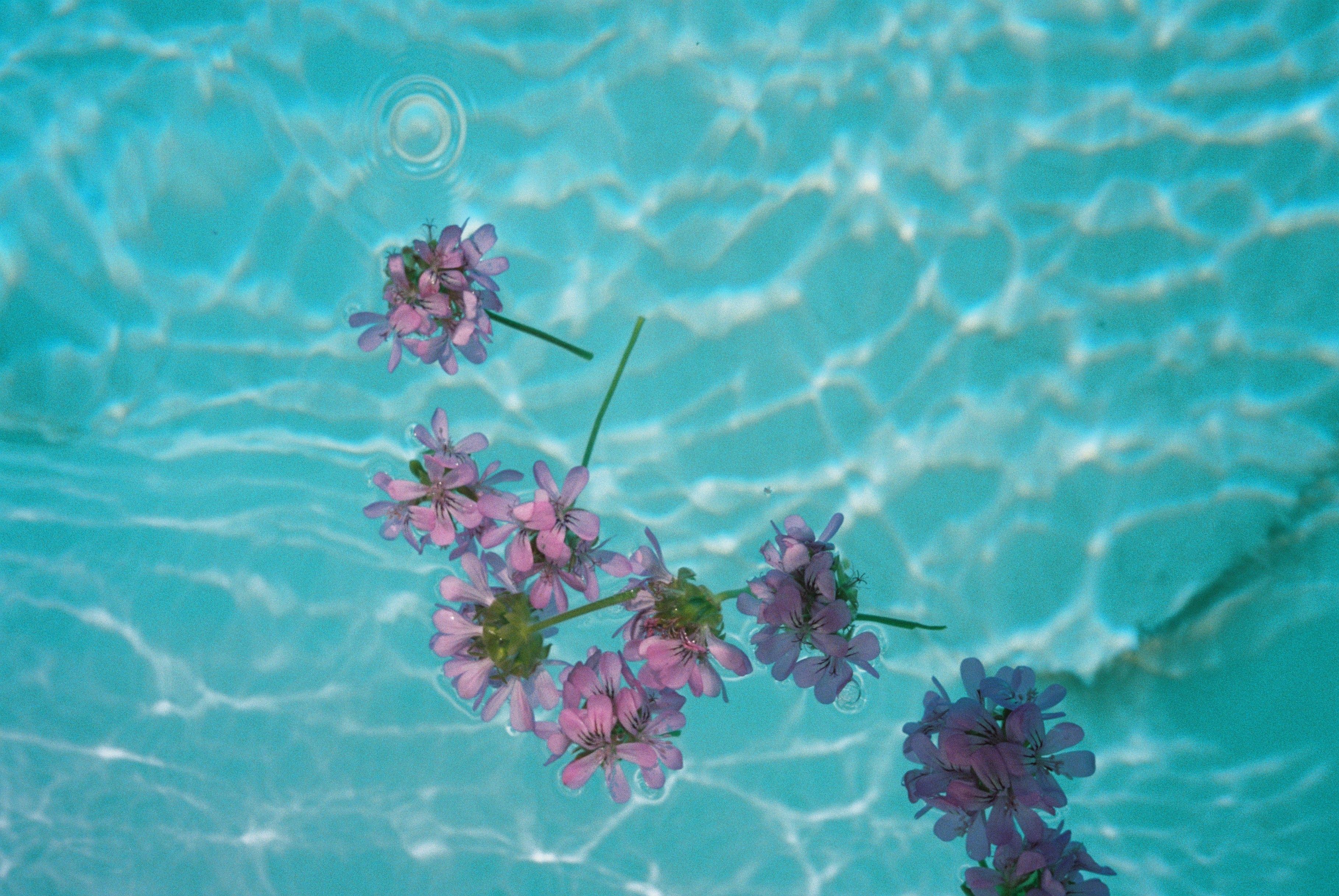
H – Each of your snapshots creates collages of moods that pass through the blue light. Do you feel that you have already established your distinctive codes and/or your own identity as an artist?
M – The truth is that this phrase is very true because I literally feel that my photos are collages of my moods and even today I feel that perhaps my codes are not totally configured because at the end of the day life is a constant change but in spite of this I feel that I have my own defined identity.

H – Nature, love or eroticism become expressions of freedom in your work, guided by the ambient light and how it affects naked bodies. What is the creative process you follow to evoke and materialize all this?
M – It really comes to me organically, I evoke it because I feel it, there is nothing that attracts my attention more than light falling directly onto a body, for me it is everything. I guess somehow I always go back to the hospital room, hence so much light, so many legs photographed, women in bed, I always go back without realizing it.
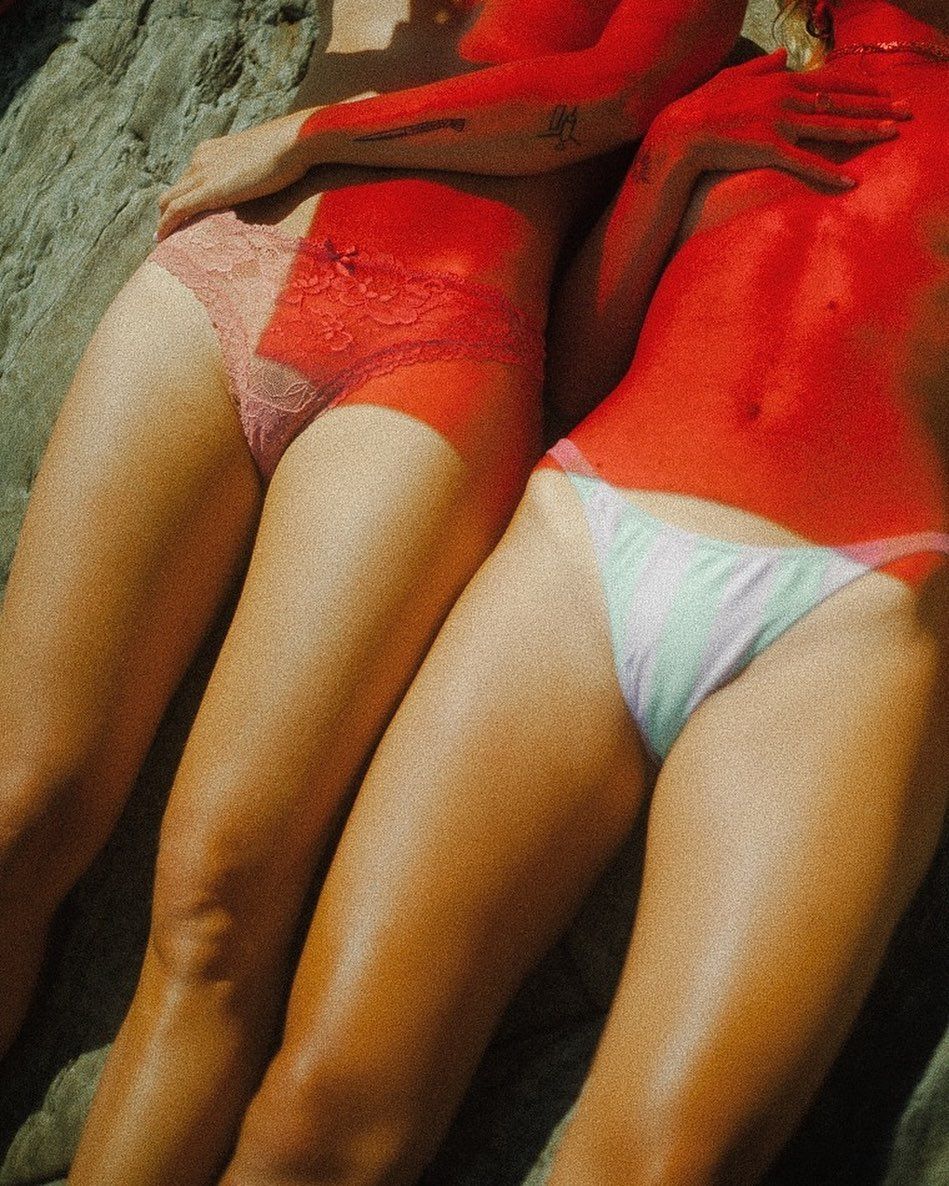
H – In your images, you explore the female body through a sisterhood of women represented as contemporary muses. What kind of relationship do you have with them and what is it about femininity that inspires you to create?
M – I once said that I was all of them, it’s not easy to understand but I feel this way. I don’t have a special relationship with all of them, sometimes they are models that I know very little, but when I photograph them I feel that I am opening my soul to them and at the same time I feel that I am opening myself, I suppose that’s why the photographs come out so natural and with so much strength! I’ve always believed that women have something very special, something that for me men don’t have.
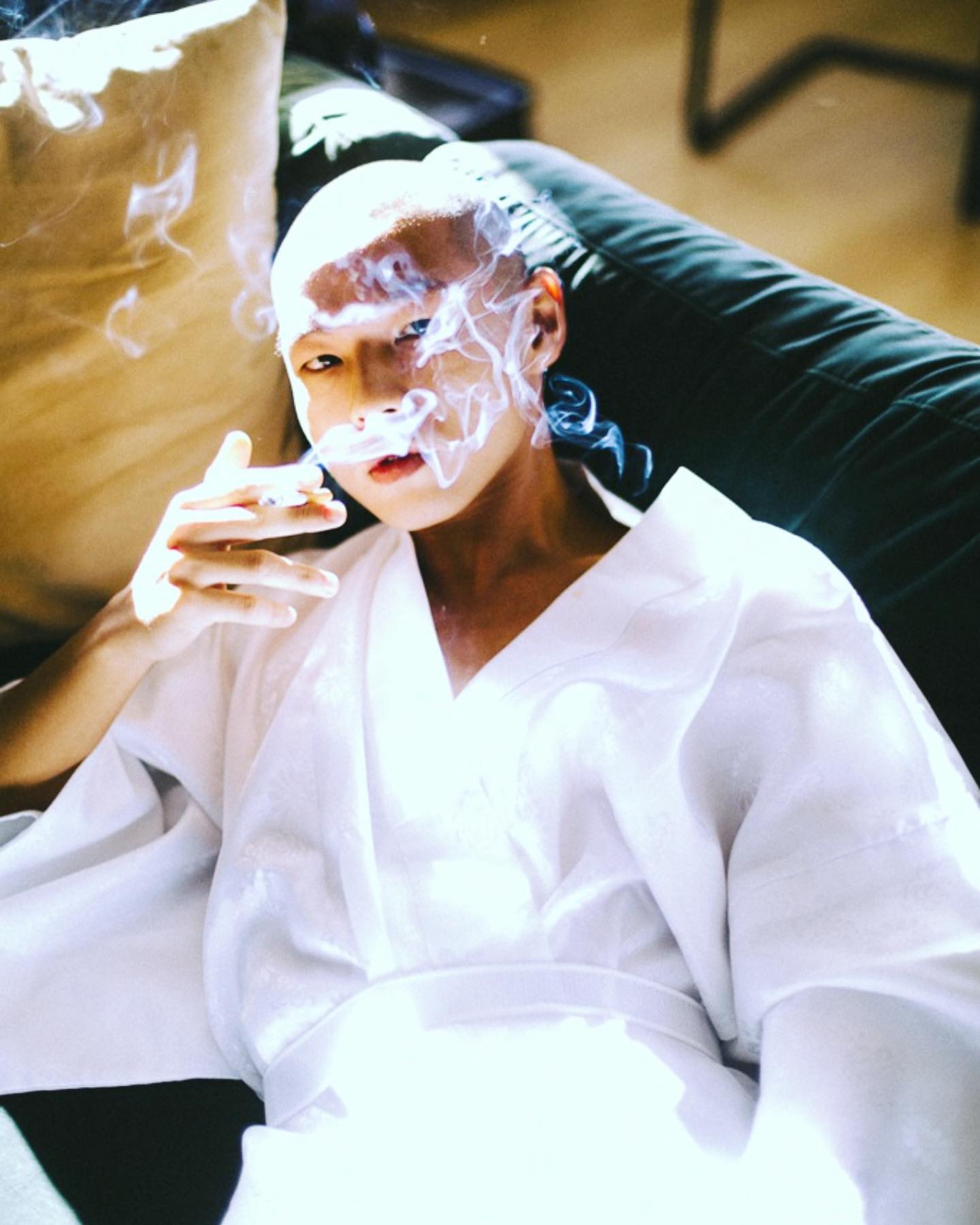
H – You accompany your posts with a series of writings or poems that reflect and envelop precisely those feelings that you transfer such as “since I’ve been in love I don’t write anymore”. In what emotion do you usually find inspiration?
M – I usually find inspiration in sadness. It could almost be a pity but that’s how it is, hence the phrase “since I’m in love I don’t write anymore” because now I feel happy and happiness doesn’t inspire me to write.

It has not been easy because I have been creating from sadness all my life but it is true that this radical change has made me see other things, it has opened other doors, I started to photograph Joan’s body (my partner) and now I let myself be photographed by him or we both photograph together… if I think about it, I will keep the happiness rather than the sadness, because right now I feel happy and at peace but I would never change the Martina of the past, after all I am who I am because of who I was.
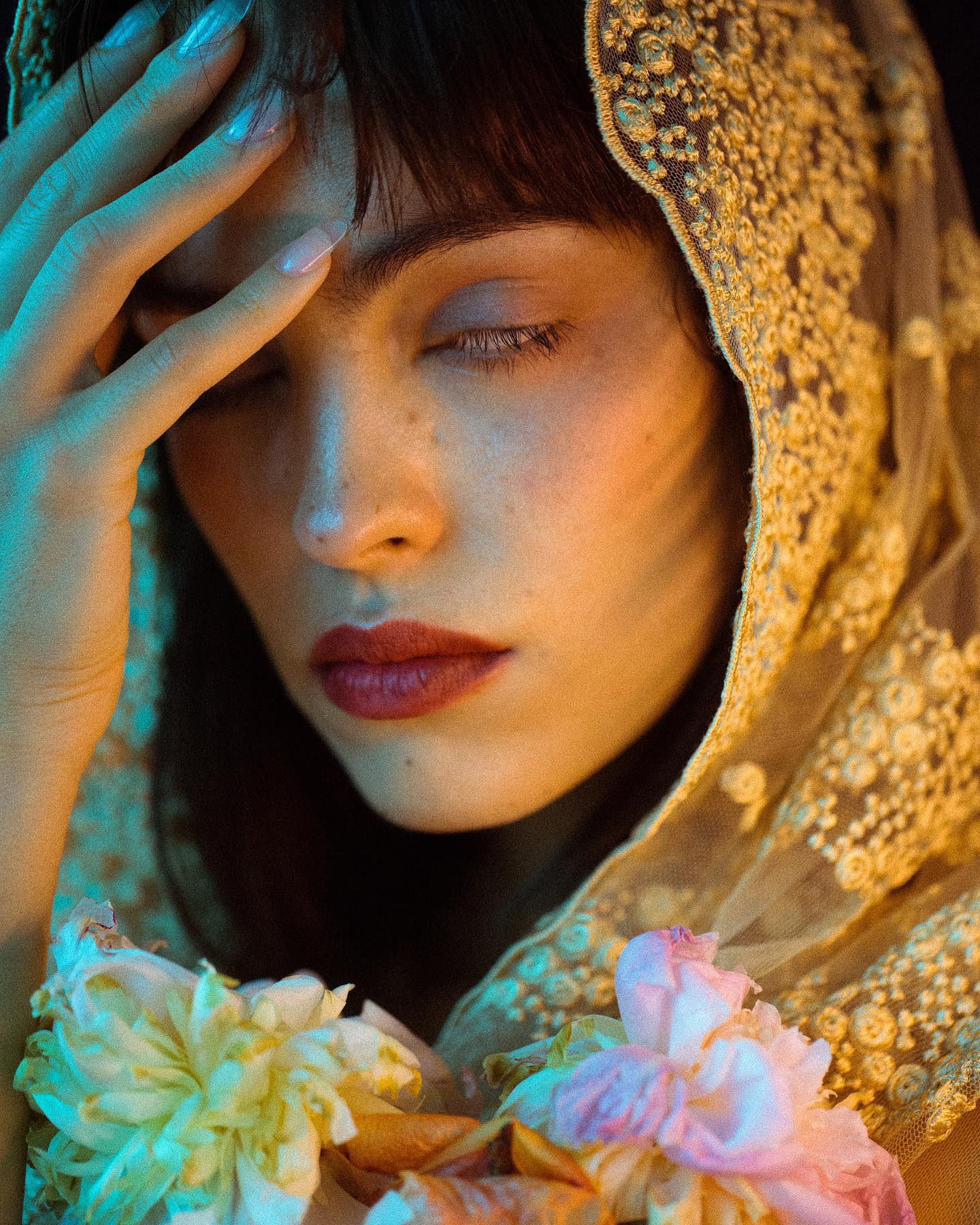
H – How do you channel pain through beauty?
M – Good question. I guess since I’ve been feeling so much pain all my life and at the same time tired of it and myself, I had no choice but to transform it into something beautiful. It’s hard to admit that you’re not well or that you’re not totally happy, now I say it openly, with a good few years of psychoanalysis haha, but I’ve always felt relief in channeling my pain and transforming it into something beautiful, and less bad !!!! I thank myself for doing what I do, I feel it is very important to channel the pain, get it out, and if necessary transform it.
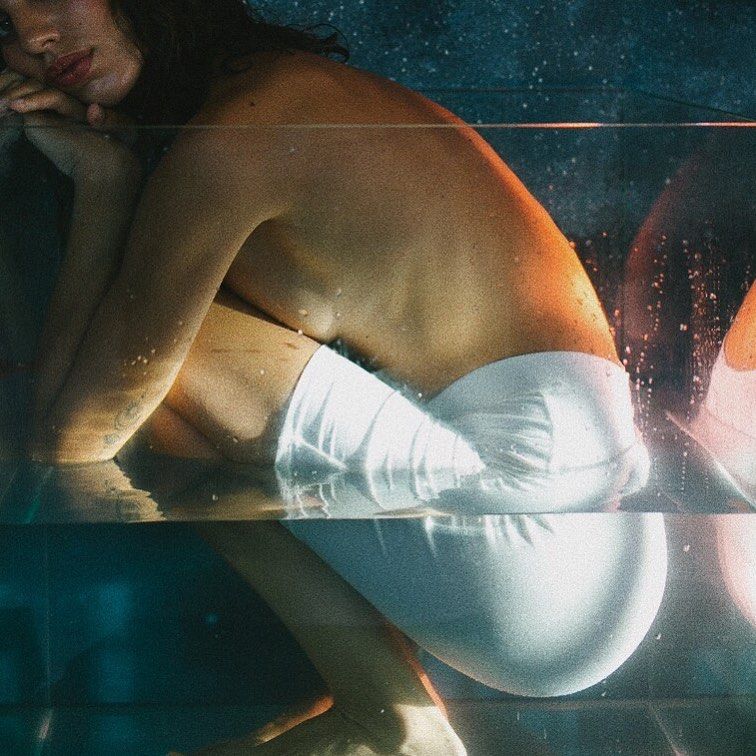
H – You launched the photographic books “Tus ojos, mis manos” and “Martina, tengo que hablar contigo”, which narrates stories of love and heartbreak through sensual photographs and WhatsApp messages. Would you like to reinvent yourself in other visual formats such as cinema?
M – I would love to! I’m starting with Joan to create video content, but for now we have only started with a very small piece of 2 dancers, Carla Cervantes and Sandra Egido that will be released soon 🙂 I’m excited and hopefully, I’ll be brave enough to create bigger pieces! It can be very nice to see my photo in movement.
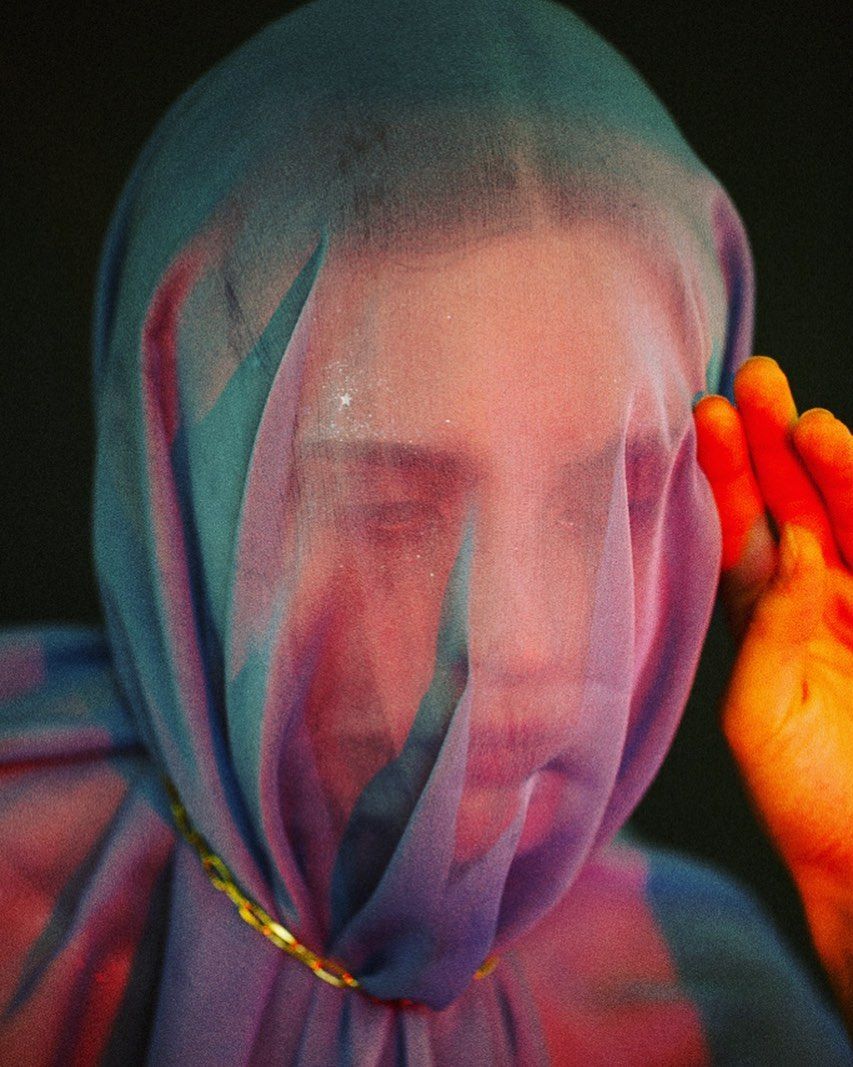
H – We see how you bring your vision to the world of fashion, whether in Luna de Marte, your second-hand clothing project, or in collaborations with brands such as Grain Clothing. How do you understand fashion and connect it with your creative universe?
M – Yes, I’ve been working in fashion photography for many years, I’ve worked for Armani, Vogue, Lula Japan… and the truth is that I feel happy with everything I’ve created over the years (and I hope to continue doing so ….) and I have to say that fashion is not easy, but honestly, I’ve never been a follower, I feel that I’ve done well because I’ve done what I’ve really felt and felt like doing.
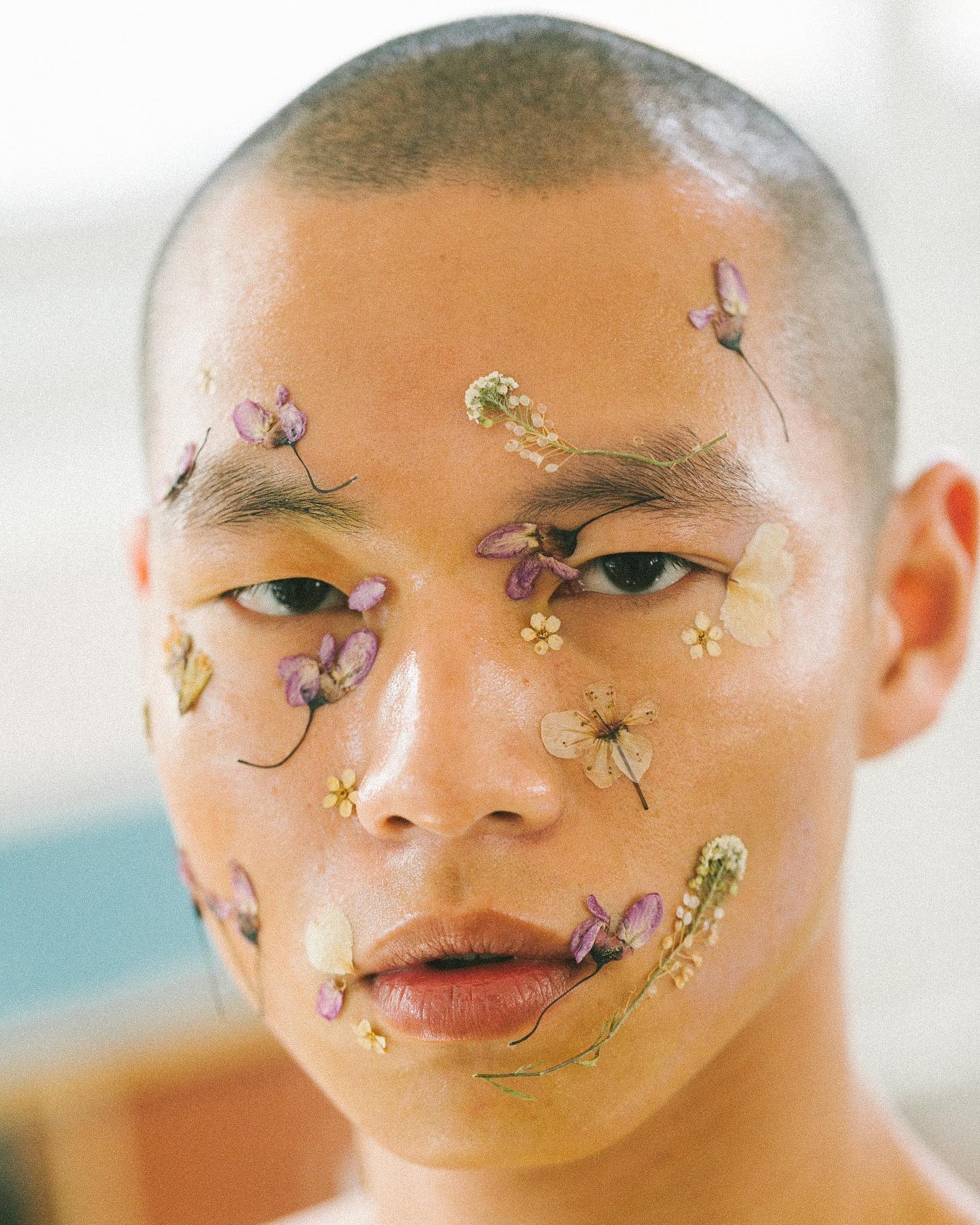
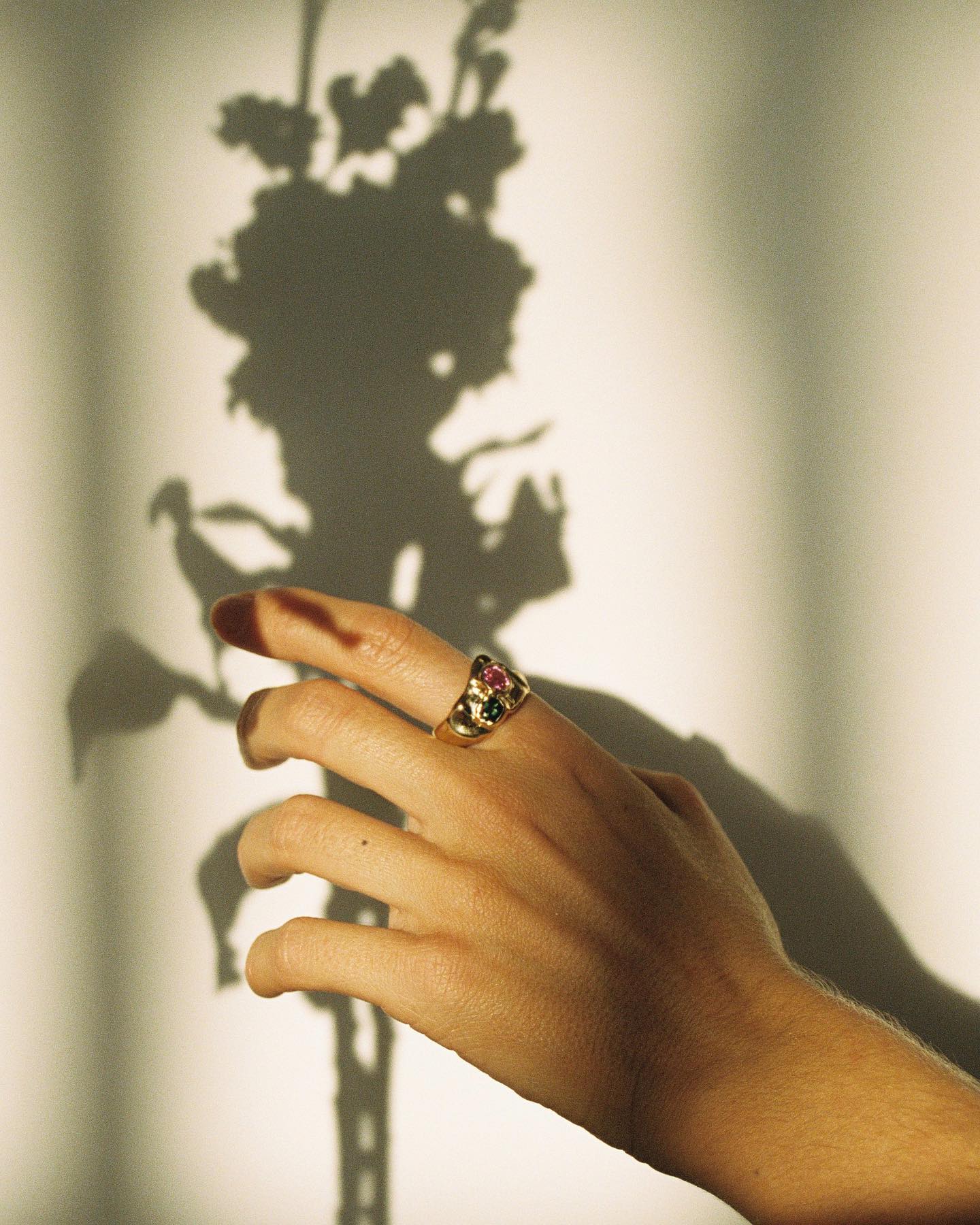
I try to think that if a client wants to work with me, it’s because they know what I do, so in any job I’ve been me and I’ve let myself go, that’s when the best photos have come out. I love fashion and I want to continue to dedicate myself to it but sometimes I feel that everything is too big, that I don’t need so much to create.
H – In recent decades we have experienced a paradigm shift from the consumption of explicit material in fashion, culture or art to the censorship of algorithms. What do you think is the reason for this regression of the networks? Are we now less free than before?
M – We have been educated with greater freedoms than previous generations but at the moment of truth we cannot express ourselves fully because although we have gained freedom in our ideas we have lost control of the channels through which they are expressed, so I don’t know if we are less free than before but we are more aware of this lack of freedom.
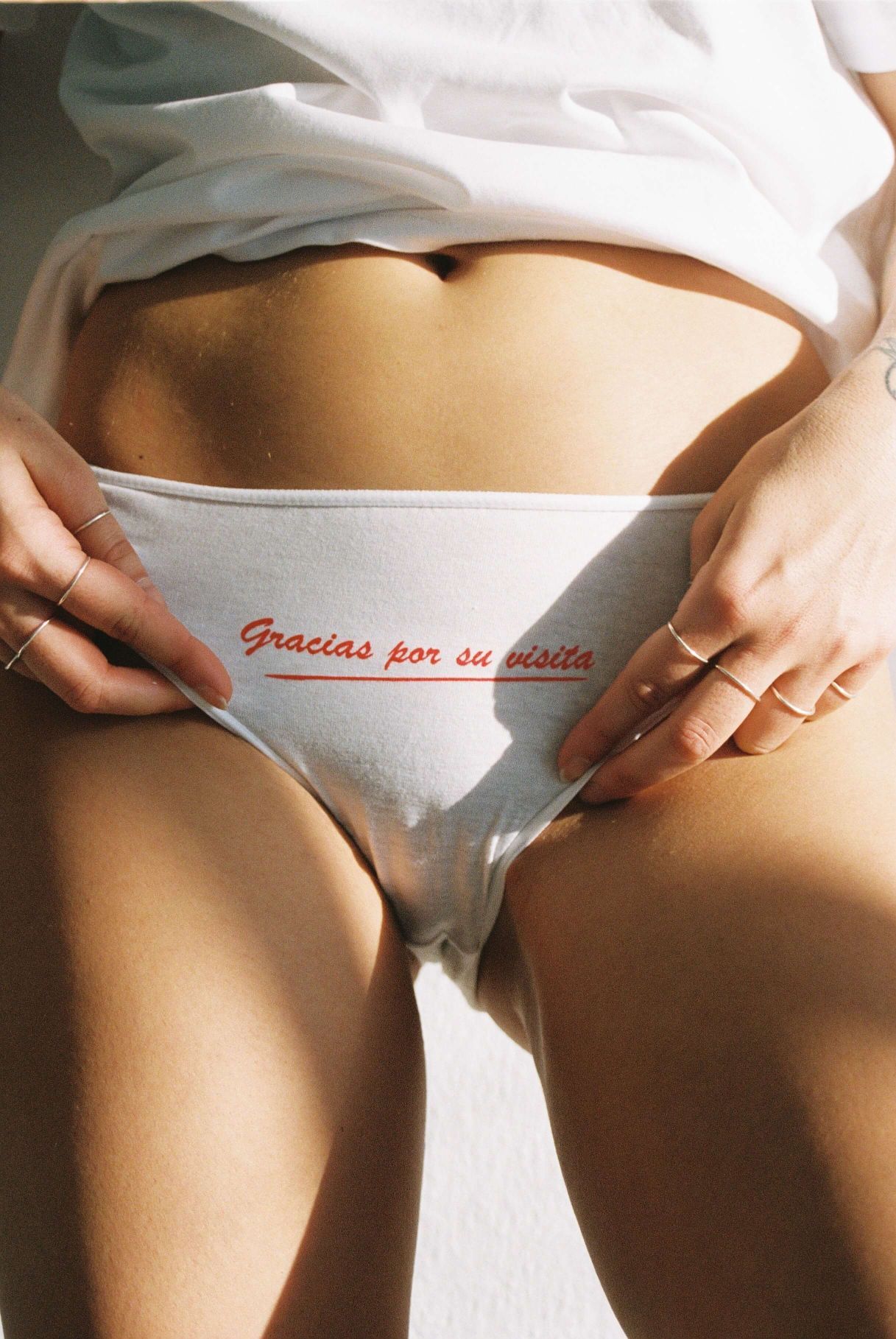
H – Where do you see @lalovenenoso moving into the metaverse and/or the NFT world, or do you think he will continue to keep the focus on the past and nostalgia?
M – I honestly don’t know, I’d say I don’t see lalovenenoso entering the metaverse but I’m not going to lie and say no because I don’t know…. I’m more about capturing the passage of time and nostalgia than anything that might come close to the NFT world but I’ll tell you for a while because life goes by too fast and things change without us realizing it, I’ll tell you that it’s a question of finding myself in a situation and seeing where life is going because honestly I didn’t see myself living off a post on Instagram and now it seems like the most normal thing in the world.
Sigue toda la información de HIGHXTAR desde Facebook, Twitter o Instagram
You may also like...
